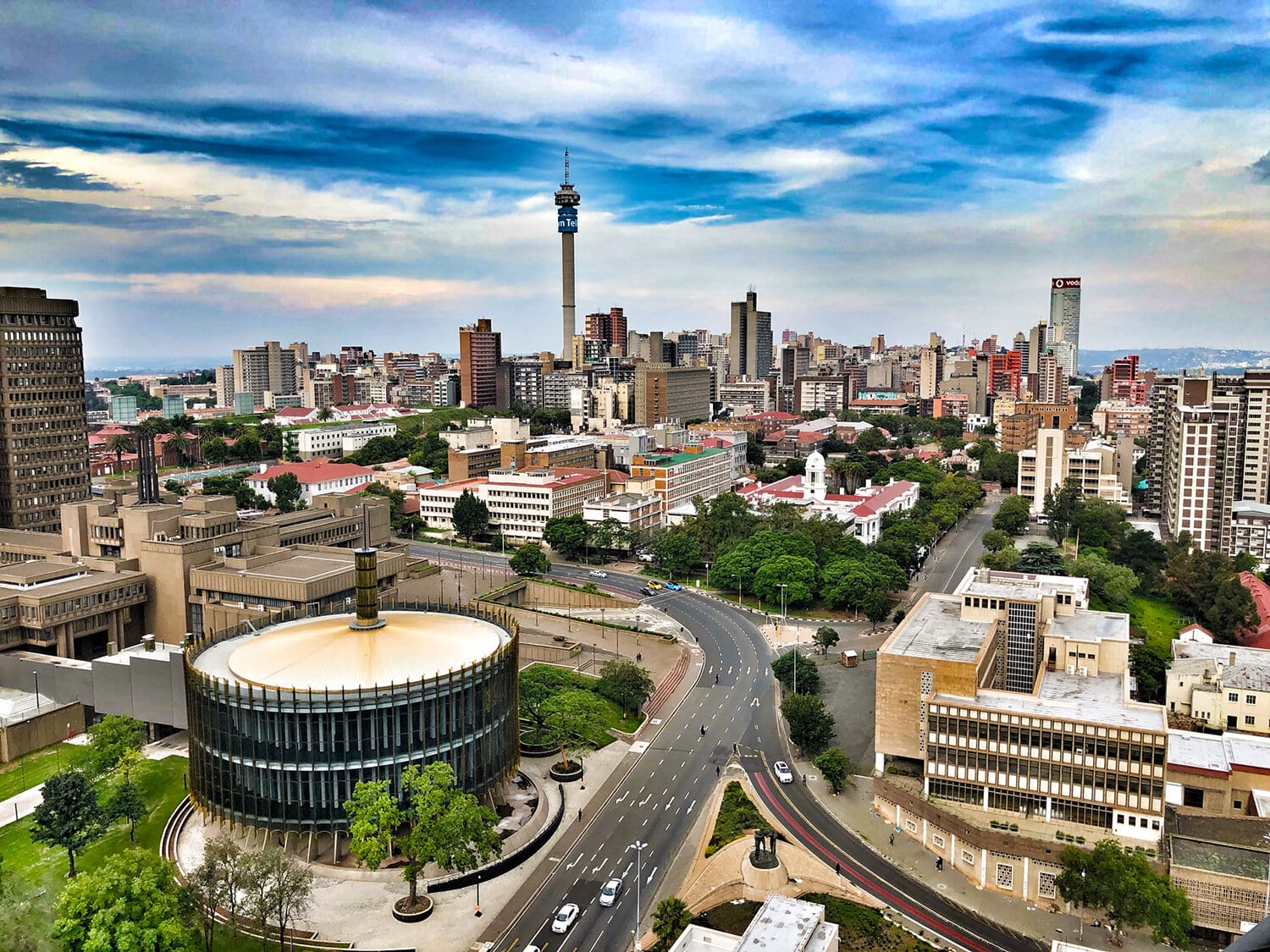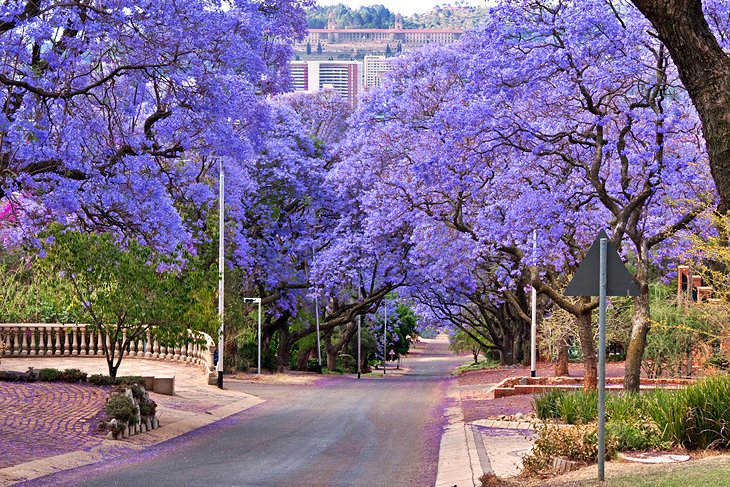Everything about Johannesburg North Attractions
Everything about Johannesburg North Attractions
Blog Article
The 7-Second Trick For Johannesburg North Attractions
Table of ContentsJohannesburg North Attractions Things To Know Before You BuyThe Johannesburg North Attractions PDFsThe Definitive Guide for Johannesburg North AttractionsThe Facts About Johannesburg North Attractions Revealed9 Simple Techniques For Johannesburg North AttractionsAll About Johannesburg North Attractions
The city owes its place to the presence of an even a lot more priceless resource: gold. The city grew on the side of the Witwatersrand Key Coral reef, a subterranean stratum of gold-bearing quartz-silica empire that arcs for thousands of miles underneath the Highveld. A lot of the gold mines in the city ceased operation in the 1970s, but in its day the Witwatersrand gold market accounted for greater than 40 percent of the world's yearly gold production.Johannesburg has a warm climate. Summer temperatures balance regarding 75 F (24 C); winter temperatures average about 55 F (13 C) and only sometimes dip below freezing. The city enjoys regarding eight hours of sunshine per day in both winter season and summertime. Rain averages regarding 28 inches (700 millimetres) per year, yet the total varies significantly from year to year.
What rain the city obtains falls practically exclusively in the summer months, typically in spectacular late-afternoon electrical storms., where several citizens still count on coal for gas.

The Of Johannesburg North Attractions
The equilibrium of the city is inhabited by whites. Lodging varies in personality and quality.
Physical development, although somewhat limited by transportation, continued quickly as immigration to South Africa, and Johannesburg specifically, increased significantly. This issue was resolved in the 1930s when the vehicle was introduced in automation to South Africa. Vehicles were, generally, restricted to the wealthy, and allowed them to relocate to the north of the city and commute right into the centre.
A lot of inadequate suburbs were combined, with poor blacks and whites living together, although the well-off suburbs were usually booked for whites. This transformed with the election of the National Celebration in the 1948 political elections, who started to formalise the system called discrimination. Discrimination officially marked which suburban areas each race might live in under the Group Areas Act.
The approximated population of the area is 200,000, [] yet the number of individuals residing in the inner city on a casual basis is unidentified, as several are illegal immigrants. A lot of higher-income locals and white individuals have relocated to the north suburban areas and have actually been replaced by lower-income black individuals. The joblessness, education and learning, and age accounts of the location are all unknown, because of the trouble of getting trustworthy info concerning the location.
Unknown Facts About Johannesburg North Attractions
Centred on the CBD, the region consists of the suburban areas of Yeoville, Bellevue, Troyeville, Jeppestown, and Berea to the east. To the west it infects Pageview (Johannesburg North attractions) and Fordsburg. There are little industrial parks to the south, such as City West-Denver and Benrose. Around 800,000 commuters go through the internal city everyday, and it functions as a regional buying node for visitors from the southerly suburbs. Yeoville and Bellevue have a mix of home structures and solitary domestic units on small whole lots. The area is situated on a hilly divide that runs from eastern to west.

Johannesburg Stadium, a training school for both the Golden Lions and Orlando Pirates, is nearby. The eastern suburbs of Johannesburg are situated in the city's 7th [] and 9th [] areas. The location is likewise functionally integrated with East Rand border towns beyond the official limit of Johannesburg, such as Bedfordview and Edenvale see (both part of Ekurhuleni Metropolitan Town).
Top Guidelines Of Johannesburg North Attractions
R. Tambo International Flight Terminal). The eastern suburbs are several of the earliest locations of Johannesburg, there are big areas of Jewish and various other European backgrounds, most of the population is English speaking. There are three golf links in addition to a variety of safeguarded ridges with viewsites. There are a number of well-developed and up-market entertainment and purchasing locations in the east such as the Eastgate Shopping Center and the Greenstone mall.
The location is mainly composed of old "matchbox" houses, or four-room homes developed by the federal government, that were built to supply low-cost accommodation for black workers during racism. Soweto is an abbreviation, representing "South Western Townships". Street after street in this area is lined with matchboxes; nonetheless, there are a couple of smaller sized locations where flourishing Sowetans have built residences that are extra comparable in stature with those in more affluent residential areas.
Hostels are another noticeable physical attribute of Soweto. Originally developed to house male migrant workers, many have actually been enhanced as houses for pairs and households. The N1 Western Bypass skirts the eastern border of Soweto. The suburb was not traditionally enabled to produce employment centres within the location, so mostly all of its homeowners are travelers to other components of the city.
The 7-Minute Rule for Johannesburg North Attractions
The N1 Western Bypass connects the north residential areas with the north-western residential areas. The household locations in the north residential areas are primarily formal, without significant locations of informal housing, or housing that does not have my link a long-term framework. This is a well-known area, there is a pattern of land use modification from household to commercial, particularly along main arterial roadways and around well-known nodes.
Roads to the east and west are much less well established, as there are no highways travelling in that instructions. In the direction of the northern boundary of the city, the density of growth lowers, leaving huge locations of untaught land around Midrand.
Johannesburg North Attractions Can Be Fun For Anyone
The initial residential area to the north of the internal city is Parktown, which lies on a hill neglecting the internal city and Hillbrow. It has many affluent homeowners and Edwardian-design mansions, along with the Education and Clinical universities of the University of the Witwatersrand. The huge concrete Charlotte Maxeke Johannesburg Academic Medical Facility controls the horizon of Parktown.
Report this page